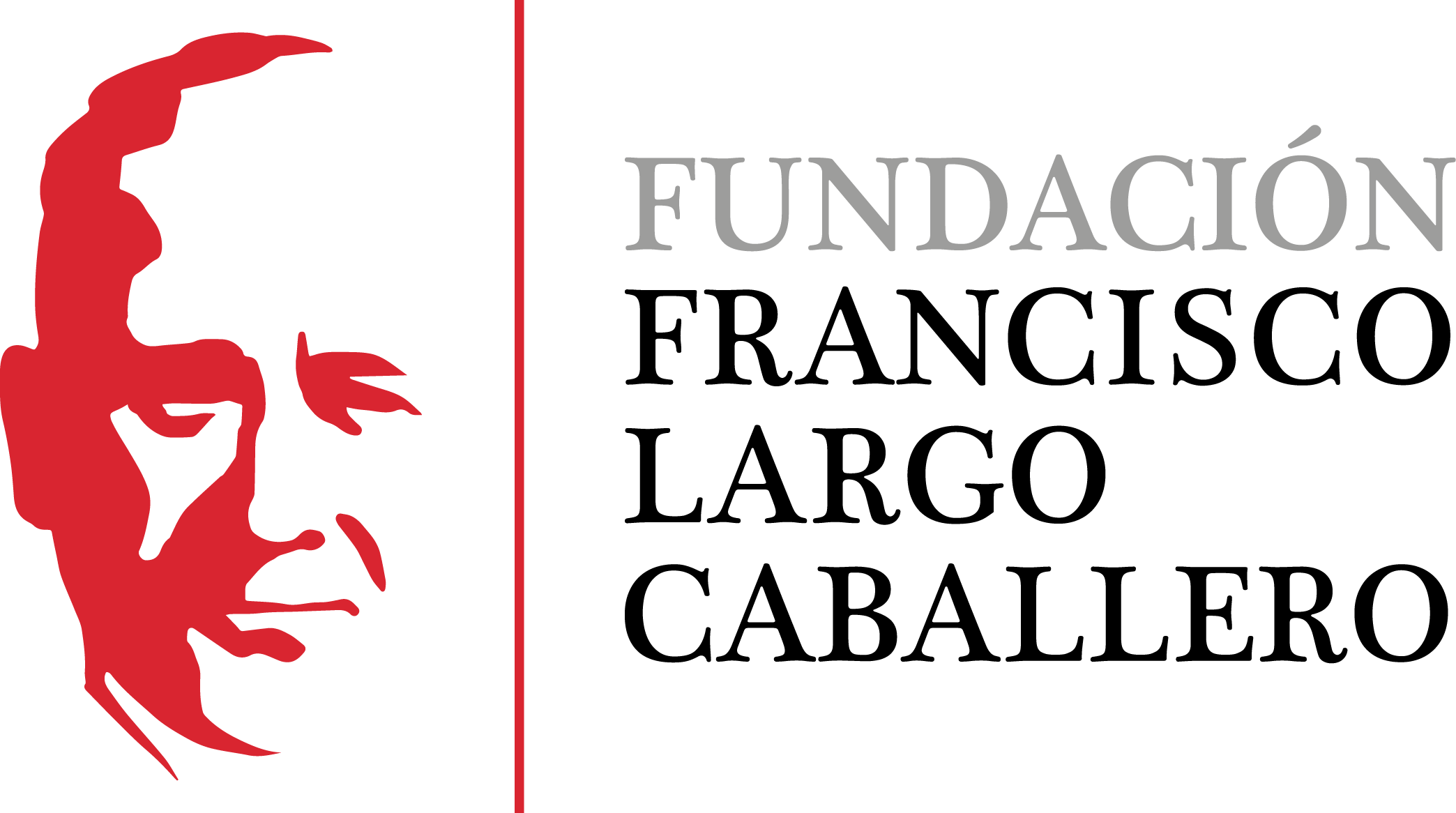Empire, nation and popular warfighting. 1813 in the European history
DOI:
https://doi.org/10.69791/rahc.69Keywords:
Napoleonic wars, national-State building, social history of the war, guerrillas, national armies, Battle of the Nations at LeipzigAbstract
The last period of the Napoleonic Wars, which in 1813 led to the Battle of the Nations (Völkerschlacht) has been traditionally viewed as the starting point for both national politics and the national State building process in Europe. This would be a consequence of the new kind of warfighting, namely the popular and national uprisings. The author addresses these issues, taking into account the social history of war, the opinions of contemporaries —particularly in the controversial case of the Spanish war against the French occupation— and the changing political goals of elites in the following times. Therefore the article highlights the need for a non-linear approach to the origins of the European national States.
Downloads
Global Statistics ℹ️
|
107
Views
|
22
Downloads
|
|
129
Total
|
|
Downloads
Published
How to Cite
Issue
Section
License
Copyright (c) 2018 Dieter Langewiesche

This work is licensed under a Creative Commons Attribution 4.0 International License.
Alcores is an open-access journal. It provides unrestricted access to its content from the moment of publication. We respect intellectual property rights, and for this reason, the author retains the copyright. All content is distributed under a Creative Commons Attribution 4.0 International (CC BY 4.0) license. The terms of the license can be consulted at: https://creativecommons.org/licenses/by/4.0/
This license allows sharing (copying and redistributing the material in any medium or format) and adapting (remixing, transforming, and building upon the material for any purpose), provided that authorship and first publication in this journal are properly credited, a link to the license is included, and any changes made are indicated.
This type of license facilitates the freedom of reuse and ensures that the content of this journal can be used to meet research needs.





